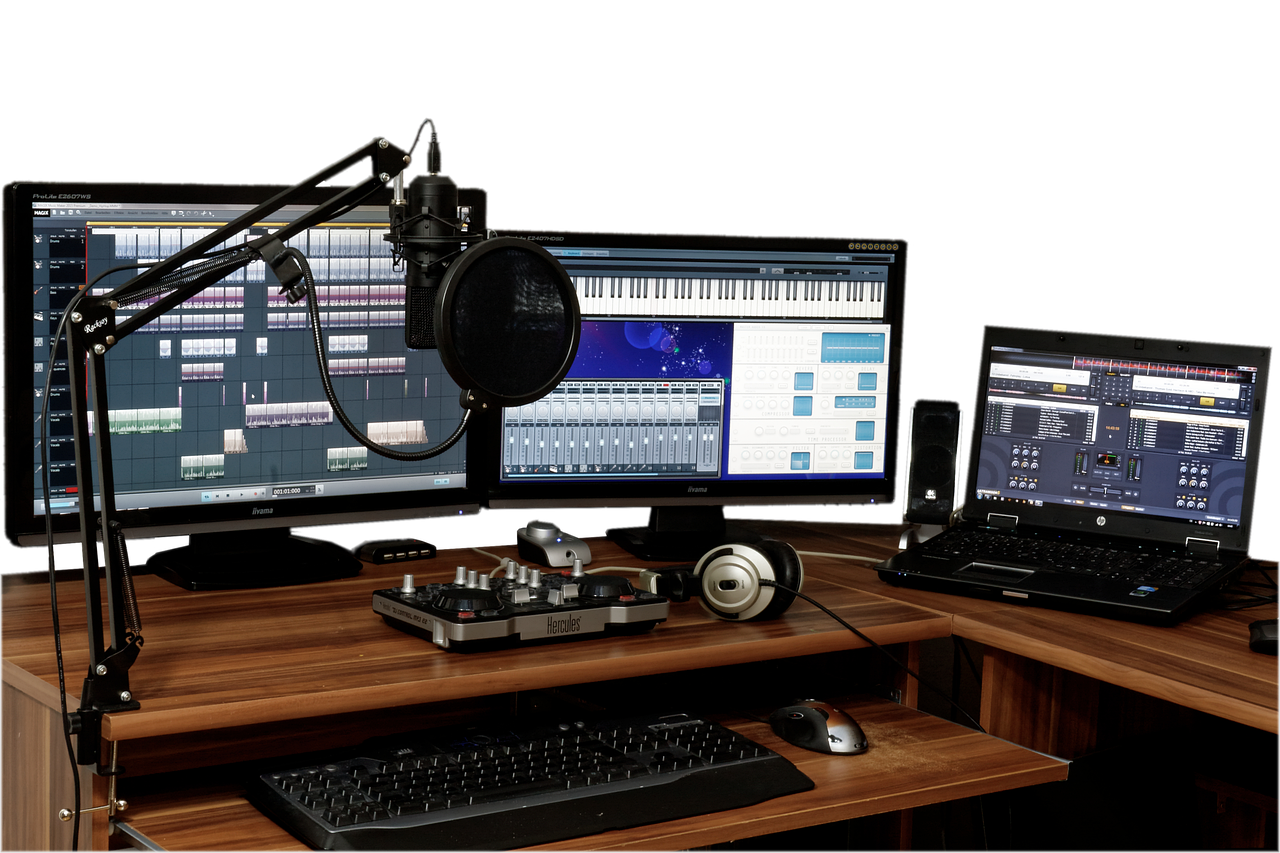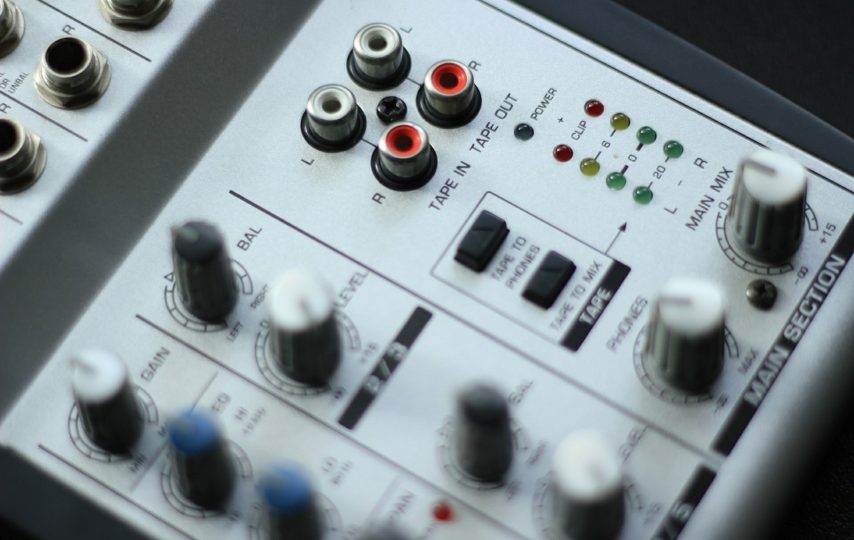
As with any profession, utilising the technology and tools of the trade to their full potential is of high importance in order to be a success. It should go without saying that within this industry, the maintenance and deployment of your voice is of primary concern. However, there are additional factors to take into account when looking to make the most of your acting skills. Aside from other physical components, there are technological elements that greatly affect the overall result of your work. One such area that every voice over artist should take into regard is microphone technique.
When recording voice over you will likely be using a condenser microphone. This particular type of microphone is used due to its sensitivity in picking up the character of your voice by accenting its subtleties and nuances. The level of detail that the microphone is able to record is likely astound you. It is therefore of high interest to oneself and project manager that you are comfortable behind the microphone and know of valuable techniques. There are many approaches to using microphones for voice over, some of which you will recognise and learn simply through trail and error. However, certain fundamentals are set in stone and are widely known amongst the voice over industry.
Positioning
Regardless of which type or brand of microphone you are using, there is an optimum position or ‘sweet spot’ from which you should stand and direct your voice. Proximity is of utmost importance, with it usually being advised that your mouth be 6 to 8 inches away from the microphone. This distance is set as it delivers the most ‘natural’ sounding voice. It is frequently seen that voice actors will angle themselves slightly to the right or left of the microphone.

This principle is often undertaken as the angle reduces plosive sounds such as t, b, or p. Additionally, don’t be afraid to move closer or further to the microphone depending on what emotion the dialogue is requiring.
Plosives
Every voice actor should take into consideration the effect of plosives on the recording take. Plosives are constants such as ‘t’ or ‘p’ that can cause the diaphragm of the microphone to make a popping sound. Many voice over recording studios will have a ‘pop shield’ placed in front of the microphone, these sometimes will not always capture the pop of a voice. One regularly used technique to notch out pops is to tilt the microphone backwards. This is because the air from your nose and mouth doesn’t directly impact the diaphragm of the microphone.
Expressive
Like on-screen actors, voice over artists are recommended to employ facial expressions and exaggerations when recording. Through using your body and face along with the dialogue, you will find yourself associating and connecting with the script in a much more real fashion. Facial expressions can help your voice deliver the emotions that you are seeking to convey, resulting in a dynamic and engaging voice over recording.

This piece of content has been written by Sarah Williams, a copywriter for a Google Ads management agency in London, United Kingdom. You can follow Sarah on Twitter on @SWilliamsLondon, or even connect with her on LinkedIn. Sarah is working on a digital project for a holiday apartment rental agency, San Sebastian Apartments, in the north of Spain, and also for ortodoncista San Sebastian. Sarah loves spending time with her family, reading books, going for a hike and surfing the net.





